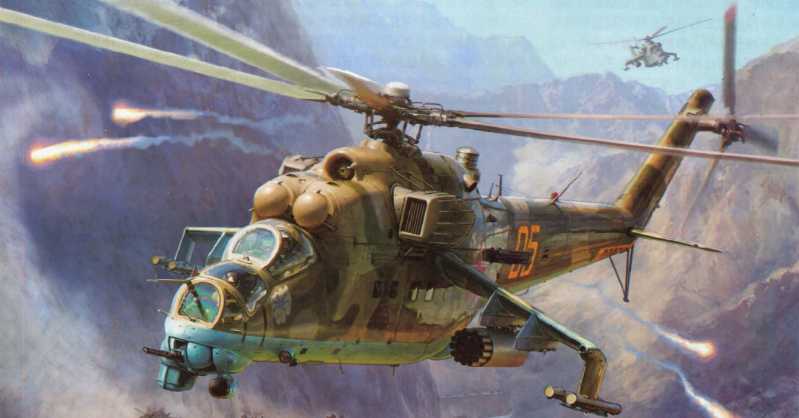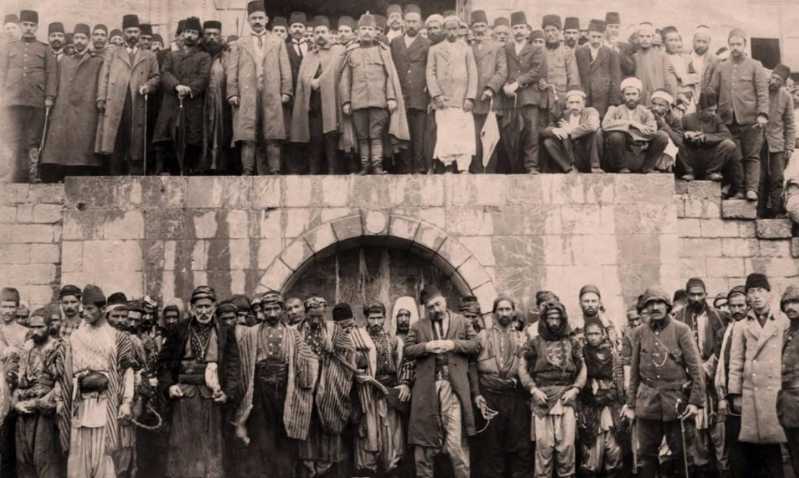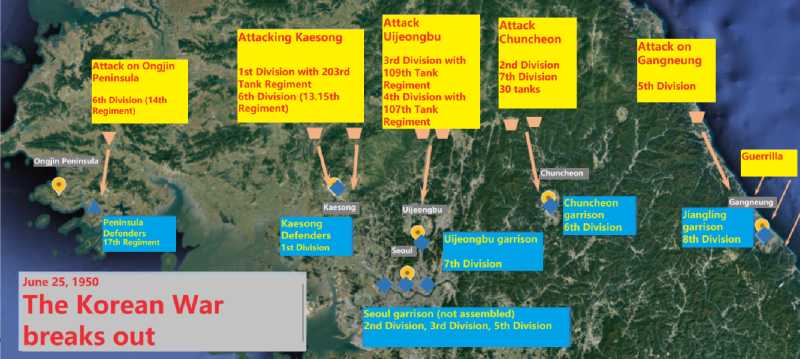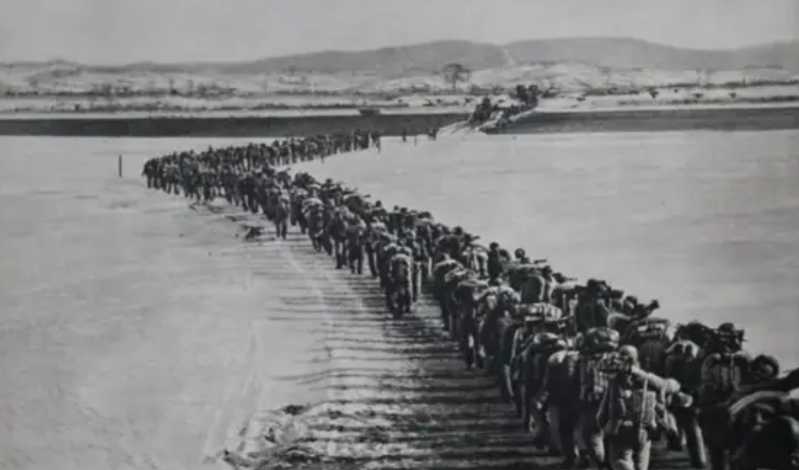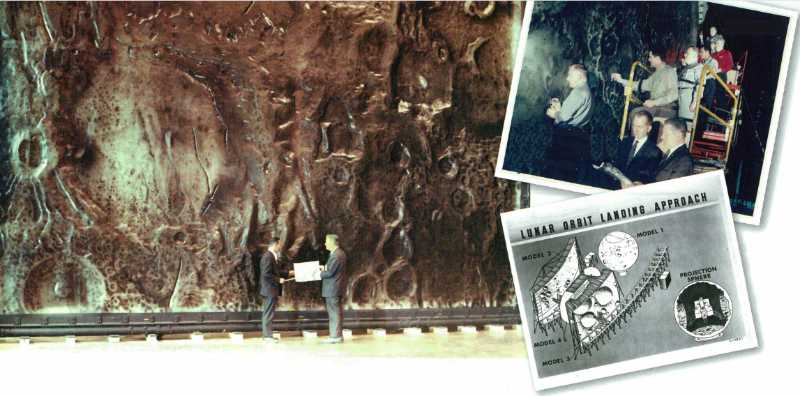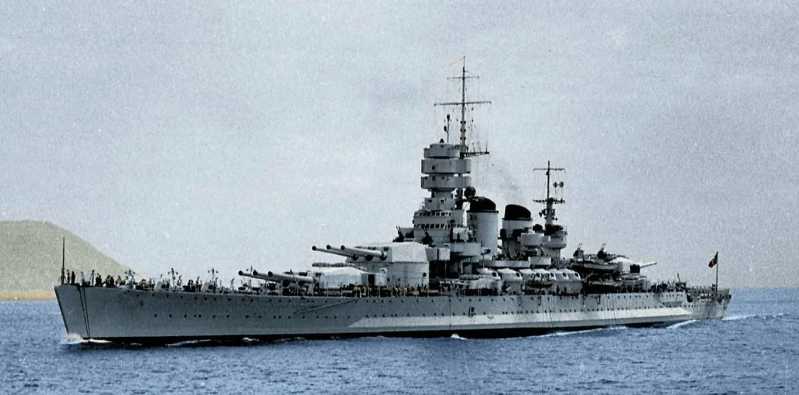The road to the debut
If the Moscow International Aviation and Space Exhibition (Moscow Air Show) in August every year is called by Russians as a grand event to showcase advanced aviation weapons and equipment from all over the world, then the Moscow International Military-Technical Forum in August every year is regarded by Russians as a feast to showcase domestic advanced weapons and equipment.
From August 23 to 29, 2020, the Moscow International Military-Technical Forum "Army-2020" was held in the "Patriot" Park in Kubinka, a suburb of Moscow, and prepared a dazzling weapon package for conference delegates and audiences. Among them, the "Sirius", "Helios" and "Thunder" heavy long-range reconnaissance and strike drones launched by the Kronstadt Company in St. Petersburg left a deep impression on people.
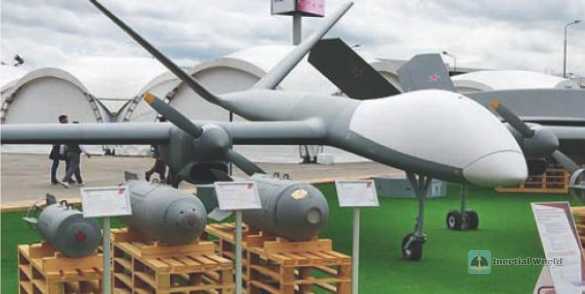
A fruitful result
On August 17, Russian Minister of Industry and Trade Denis Manturov visited a variety of UAV models including the above three heavy UAVs at the booths of Kronstadt Company and Moscow Chernyshev Machine-Building Enterprise.
According to Nikolay Dolzhenkov, chief designer of Kronstadt Company, the Sirius heavy-duty long-range reconnaissance and strike UAV is developed on the basis of the Orion medium-duty long-range reconnaissance and strike UAV. Its size and weight have increased, its structure has changed, and it has been equipped with new electronic equipment. It can carry more weapons and can be controlled from a distance and perform combat missions. The Sirius adopts a thin fuselage, a straight wing with a large aspect ratio and a V-shaped tail layout. The power unit consists of two turboprop engines with two-blade propellers installed, and the engine is located in the nacelle under the wing. Compared with the "Orion", the wingspan of the "Sirius" has increased to 23 meters, and the length has increased to 9 meters: the maximum take-off weight has increased to 2.5 tons, including 1 ton of fuel; the payload is 450 kg, and it can carry 300 kg of external attachments. At present, Kronstadt is developing a new airborne satellite communication system for the aircraft, which will greatly improve its technical and tactical performance. The control console of the ground control center of the aircraft is compatible with other new UAV systems of Kronstadt. Like the "Orion", the "Sirius" is mainly responsible for air patrol, aerial reconnaissance and terrain mapping of different ranges. The attack type can carry out air strikes on targets and provide target indications for other ground or air weapon systems.
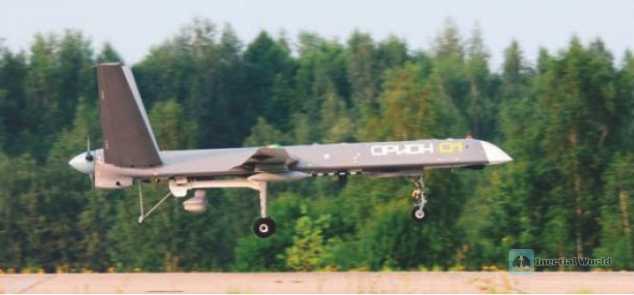
"Helios" was first exhibited in full-size model at the Moscow Air Show in August 2019, and was highly praised by the audience at that time. The "Helios" RLD heavy-duty long-range reconnaissance and strike drone has a larger size than the "Orion" and "Sirius". The aircraft has a fuselage length of 12.6 meters and a wingspan of 30 meters. It adopts a straight wing with a large aspect ratio. The double tail beams at the rear of the fuselage are connected by an inverted V-shaped tail. A turboprop engine is installed at the rear of the tail. The aircraft has a take-off weight of 4 tons, a payload of 800 kg, a cruising speed of 350~450 km/h, a ceiling of 11,000 meters, a maximum endurance of 30 hours, and a range of 3,000 kilometers.
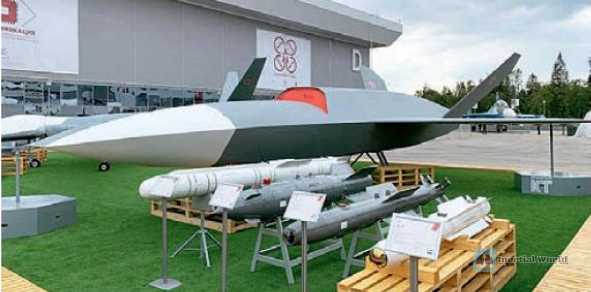
In addition to installing some new navigation and control equipment, the "Helios" RLD also installed a side-looking radar in a long fairing at the lower end of the fuselage. Its model and performance are unknown. In addition, the communication guarantee and data transmission performance of the ground multi-purpose control station have not been disclosed to the public.
Helios RLD is mainly responsible for long-term patrols in the designated airspace. The airborne radar can complete the task of searching and tracking air, ground and surface targets. This type of UAV can perform single-machine or multi-machine formation air combat duty tasks and can cover a large range of battlefield space.
The third new type of heavy-duty long-range reconnaissance and strike UAV launched by Kronstadt Company is named "Thunder". The appearance of "Thunder" is similar to the German "Barracuda" UAV and uses a jet engine. The aircraft is 13.8 meters long, with a wingspan of 10 meters and a height of 3.8 meters; the maximum take-off weight is 7 tons, the payload is 2 tons, and it can carry air-to-ground missiles and 100-500 kg guided bombs. All weapons are installed in the embedded bomb bay.
This type of UAV can form a mixed advance assault formation with fighters, and serve as a wingman in the assault formation to cover fighters to carry out assault missions against ground targets. Its specific tasks are to detect and destroy enemy air defense weapon systems, ensure the safety of fighter pilots, and use high-precision weapons to eliminate ground targets at tactical and campaign depths, as well as surface and shore targets.
Kronstadt Chief Designer Dolzhenkov emphasized that the "Thunder" can also be used to support and cover Su-35 and Su-57 fighters to ensure that they are not attacked by ground-based air defense weapon systems. At the same time, it also undertakes combat missions such as aerial reconnaissance.

Prospect forecast
Since 2008, the Russian aviation industry has attached great importance to the development of medium and heavy long-range reconnaissance and strike UAV systems. At present, dozens of scientific research institutions and production enterprises in the Russian aviation industry have participated in this work, and their projects are at different stages of development. Kronstadt is a core backbone enterprise in this field. The "Orion" medium-sized long-range UAV system developed by the company has been the first to be equipped in the Russian army. At the same time, the company has continuously strengthened the technical improvement of the "Orion". The improved "Orion" has improved its tactical and technical performance and can perform a wider range of tasks.
Due to their different technical and tactical performances, the three drones, Sirius, Helios RLD and Thunder, can complement each other and be used simultaneously with other drone systems. Dolzhenkov revealed that the Russian Aerospace Forces are not yet equipped with heavy-duty long-range reconnaissance and strike drone systems like Sirius and Helios RLD. Therefore, the three drones launched by the company have attracted great attention from the Russian Aerospace Forces. In addition, the Russian Navy has also expressed great interest in the Helios RLD.
It can be seen that in the development of medium and heavy-duty long-range reconnaissance and strike drone systems, the Russian aviation industry has gradually accumulated experience and got rid of the passive situation of being at a loss in the early days. Russian Defense Minister General Sergei Shoigu once accepted an interview with the media after visiting the Hunter and Higher heavy-duty long-range reconnaissance and strike drone systems (these two drones were not shown to the media and the audience at the time): The development of reconnaissance and strike drone systems is the top priority of the Russian military equipment development plan. At present, Hunter and Higher are in the national test stage. The UAV system launched by Kronstadt Company this time opened the eyes of the military.
Russian military expert Kirill Liabov believes that from the models exhibited this time, it can be seen that "Sirius", "Helios" RLD and "Ray" are still in the early stage of research and development, and the subsequent design and production will take several years. At the same time, the complexity of the design process may affect the development time and price of the UAV. Of course, for Kronstadt Company with rich experience, it can smoothly solve the above difficulties. In the medium term, the Russian Aerospace Forces are likely to be equipped with a batch of heavy-duty long-range reconnaissance and strike UAV systems of different models and performances, thus ending the embarrassing situation that the Russian Aerospace Forces have not had relevant domestic models for a long time.








